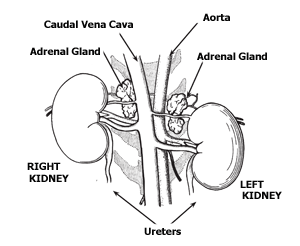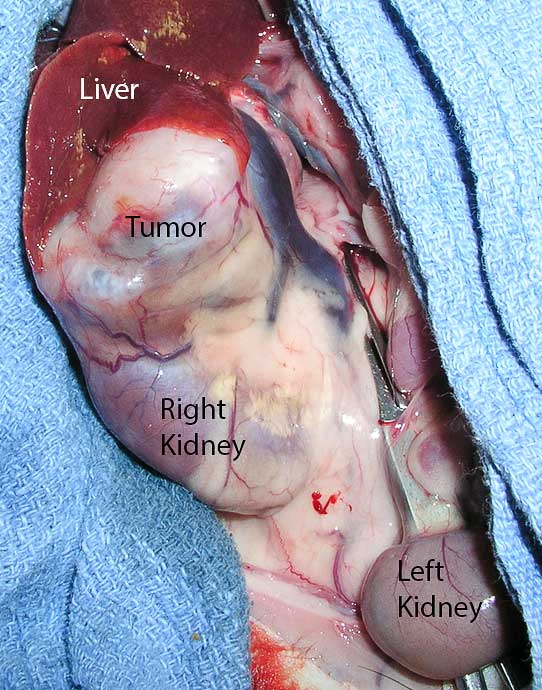


West Highland White Terriers (“Westies”).There are also certain breeds that seem to be more susceptible, including: Addison’s disease tends to occur most frequently in young to middle-aged dogs (usually between three and six years old) and female dogs. What we know is that whatever its trigger may be, an autoimmune reaction leads to the body destroying its own adrenal gland tissue.

In many cases, the cause of Addison’s disease in dogs is unknown. With many dogs, this severe presentation is because clinical signs of the disease don’t become evident until 90 percent of their adrenal gland tissue has been destroyed. This is known as an Addisonian crisis, and it can be life-threatening. Some dogs with Addison’s don’t show symptoms of the disease until it’s a full-blown emergency. Without the right amount of hormones in the body to help them adapt and cope with stress, even the slightest trigger has the potential to have devastating effects. With Addison’s disease in dogs, the adrenal glands’ cortex (the outer part) isn’t producing enough of those all-important hormones, leading to an inability to maintain normal biological stress levels. Aldosterone, a mineralocorticoid, helps control the vital balance of water and salt in the kidneys (which also manages potassium levels in the body). Cortisol is a stress hormone best known for triggering the “flight or flight” response. One of the primary functions of the adrenal glands is to produce two crucial hormones - cortisol and aldosterone. They are both small in size and can be found right next to your dog’s kidneys. What Is Addison’s Disease?Īs we briefly touched on, Addison’s disease (also known as hypoadrenocorticism) is a dysfunction of one part of the endocrine system - the adrenal glands. We’ll discuss what may cause this dangerous medical issue, what to look out for, and what you can do if your dog is ultimately diagnosed with Addison’s disease. Without a normal amount of that hormone in their body, your pet’s body can “overreact” to even the most minor stressor to the point that it can become fatal. In the case of Addison’s disease in dogs, one component of that system - the adrenal glands - aren’t producing as much corticosteroid as they should. Unfortunately, that system doesn’t always work as it should. Like humans, dogs have a complex endocrine system that manages the hormones that control many vital functions - growth, metabolism, reproduction, etc.


 0 kommentar(er)
0 kommentar(er)
